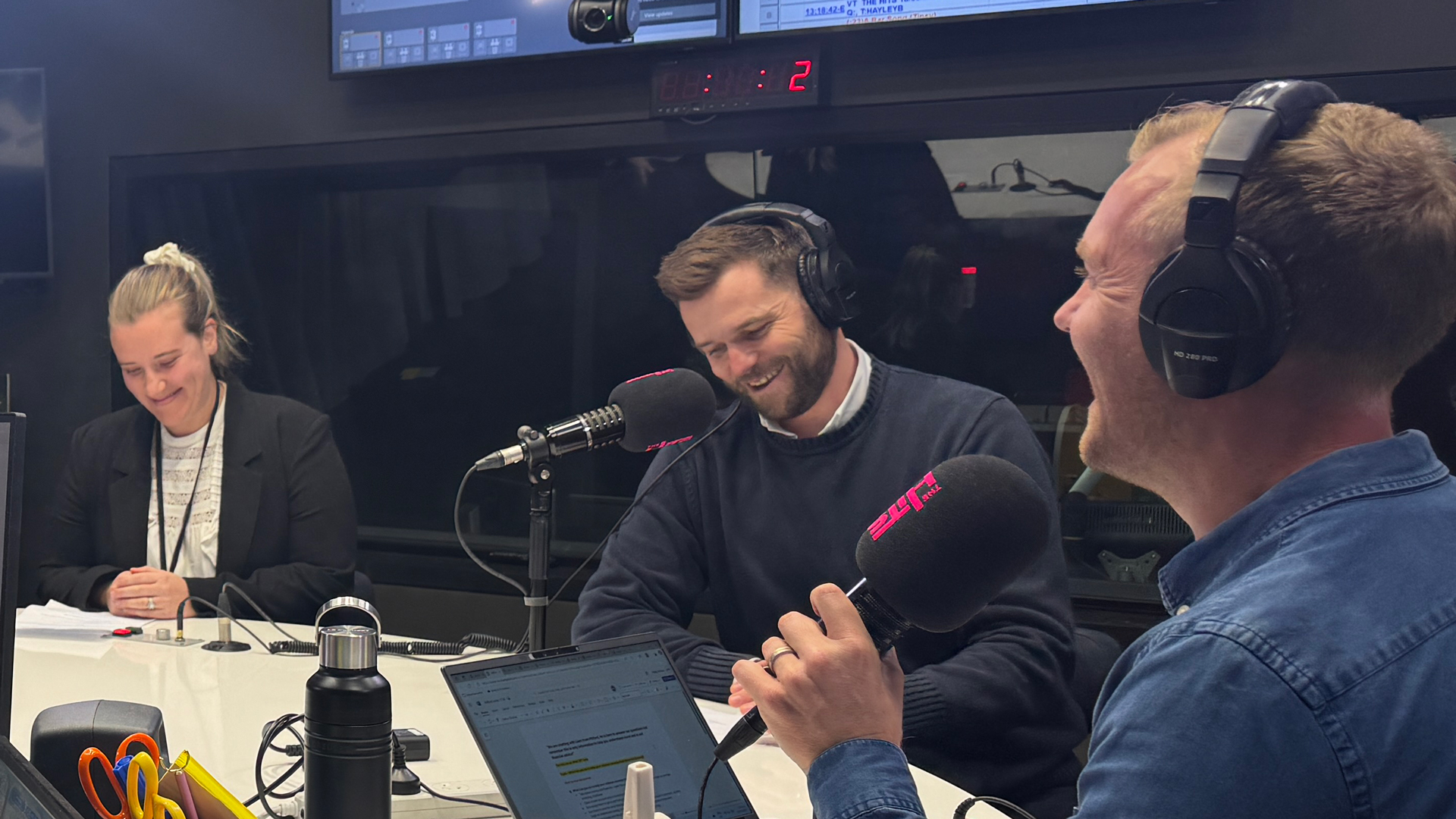How much would you pay to own this pixelated image of an alien wearing a sweatband? Nothing? $1? $1,000? How about US$7.6 million? It sounds ridiculous, but that’s the price it recently changed hands for.
Similarly, a digital collage by artist Beeple was the first piece of digital-only art sold by a major auction house. It fetched a staggering US$69.3 million, the third highest price ever achieved by a living artist.
These digital creations, purchased using cryptocurrency, are referred to as NFTs, or Non-Fungible Tokens, and use blockchain technology (the same technology that underpins Bitcoin) to try to solve one of the age-old problems in the world of art: authenticity.
How can an NFT guarantee authenticity?
An NFT certifies the authenticity and ownership history of a digital asset, by storing information on the blockchain (a ledger of transactions). The information is specific and unique (i.e. non-fungible), and cannot be destroyed, removed or replicated. Every piece of digital art created this way will be forever chronicled on the blockchain and can therefore be distinguished from copies or counterfeits. Ownership can be traced back to the original creator of the digital art, without question.
What other benefits do NFTs provide?
NFTs can empower artists and significantly transform their earning capability. By selling directly to buyers and cutting out galleries and middlemen, artists keep a greater proportion of the original sale price of their work. The software is also coded to give artists a percentage of the sale price each time their work is sold to a new owner, into perpetuity. This leads to a much better financial outcome than in the world of physical art, where artists don’t benefit financially as their work continues to appreciate in value and trade hands (Vincent Van Gogh only sold one painting while he was alive, and not for much).
What else can be linked to an NFT?
It’s not just digital art that can be backed by an NFT. The technology and concept can be applied to any one-of-a-kind asset in the digital world that can be bought and sold. Already, the first 3D digital house able to be experienced in virtual reality has sold for over $500,000[1], Twitter founder Jack Dorsey auctioned off his first ever ‘tweet’ for $2.9 million[2], and the NBA has created tradable digital clips of historic NBA moments. NFTs can also entitle the holders to real-world assets and experiences. For example, Kings of Leon have generated over $2 million from releasing their latest album as a collection of digital NFTs, nine of which guarantee the owner front row seats to future concerts[3].
Why do NFTs have value?
Just like any piece of art or collectible, value is in the eye of the beholder. Fans may wish to buy in early to an artist’s work as a form of ownership, a bragging right that “they were there first”, before that artist achieves greater commercial success. Alternatively, certain pieces of work may be seen as a significant moment in the history of NFTs, like CryptoPunk #3100, one of 10,000 unique collectibles originally handed out for free in 2017 to anyone with an Ethereum cryptocurrency wallet. Of course, NFTs could simply be speculative purchases, with the hope that they can be flipped for more money in the future.
Are there any downsides?
There is still a risk that an artist’s work can fraudulently be turned into an NFT without their permission, and without any compensation. To make matters more complicated, the owner of the NFT doesn’t actually own the underlying digital asset or have any associated copyrights or other rights. They merely own the piece of code that points to the website where the digital asset is displayed, and the associated bragging rights that come with the digital ‘certificate’ of authenticity and ownership. As such, legal experts are scrambling to work out how existing copyright laws will interact with this new technology.
There are also concerns about the environmental impact of NFTs due to the huge amount of computing power required to confirm an NFT and then add additional transactions to the blockchain. It’s estimated that over its lifecycle, the average NFT will accrue a footprint of 211kg of CO2, equivalent to driving 826kms in a typical petrol-powered car[4]. There are developments working to create “green” or “clean” NFTs, which are claimed to be 99% more energy efficient[5] but the attraction of profits may win over environmental concerns in the short term.
Where to from here?
As galleries and art institutions have been unable to hold physical showings during the COVID-19 pandemic, NFTs and digital art have undoubtedly increased in importance. Like so many other industries, the traditional art world has been forced to realise that their world is shifting online too.
It remains to be seen whether NFTs represent the future of art, or whether they’re just the latest crazed bubble in a world awash with capital looking for a home. However, what is clear is that the shift of the physical world to the digital world is certainly not slowing down. The backbone of NFTs, blockchain technology, is already being used in the real world. For example, LVMH is using blockchain technology to track products and fight counterfeiting of its brands, with nearly 10 million luxury products registered on the platform, and Walmart is using blockchain in its Food Traceability Initiative to detect contamination and other food safety issues in nearly 500 items[6]. NFTs are just the latest attention-grabbing headlines in what is surely a long runway for the use-cases of blockchain technology.
This is why digitalisation remains a key theme of the Global Equity Funds. Whether investing in semiconductors (through TSMC, ASML, Lam Research or Disco) that power the digital world, or Adobe software that can be used to create digital masterpieces, we remain focused on understanding how the world is changing, and investing in that future.


